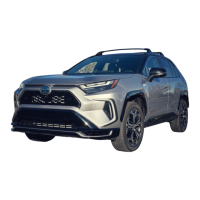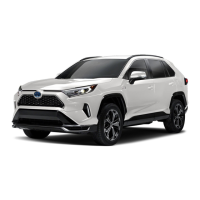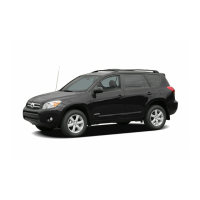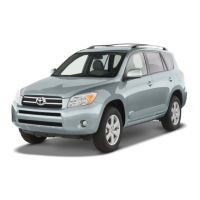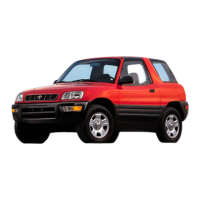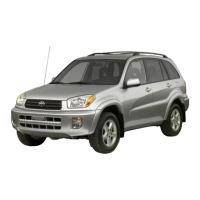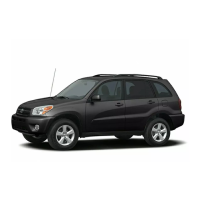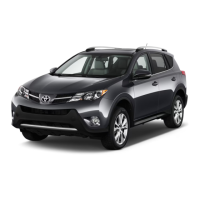399
5
5-5. Using the driving support systems
Driving
tors, motorcycle engines, air brakes of
large vehicles, the clearance sonar of
other vehicles or other devices which
produce ultrasonic waves are near the
vehicle.
● A sensor is coated with a sheet of
spray or heavy rain.
● If objects draw too close to the sensor.
● When a pedestrian is wearing clothing
that does not reflect ultrasonic waves
(ex. skirts with gathers or frills).
● When objects that are not perpendicu-
lar to the ground, not perpendicular to
the vehicle traveling direction,
uneven, or waving are in the detection
range.
● Strong wind is blowing.
● When driving in inclement weather
such as fog, snow or a sandstorm.
● When an object that cannot be
detected is between the vehicle and a
detected object.
● If an object such as a vehicle, motor-
cycle, bicycle or pedestrian cuts in
front of the vehicle or runs out from
the side of the vehicle.
● If the orientation of a sensor has been
changed due to a collision or other
impact.
● When equipment that may obstruct a
sensor is installed, such as a towing
eyelet, bumper protector (an addi-
tional trim strip, etc.), bicycle carrier,
or snow plow.
● If the front of the vehicle is raised or
lowered due to the carried load.
● If the vehicle cannot be driven in a
stable manner, such as when the
vehicle has been in an accident or is
malfunctioning.
● When tire chains, a compact spare
tire or an emergency tire puncture
repair kit are used.
■ Situations in which the system may
operate even if there is no possibil-
ity of a collision
In some situations, such as the follow-
ing, the system may operate even
though there is no possibility of a colli-
sion.
● When driving on a narrow road.
● When driving toward a banner, flag,
low-hanging branch or boom barrier
(such as those used at railroad cross-
ings, toll gates and parking lots).
● When there is a rut or hole in the sur-
face of the road.
● When driving on a metal cover (grat-
ing), such as those used for drainage
ditches.
● When driving up or down a steep
slope.
● If a sensor is hit by a large amount of
water, such as when driving on a
flooded road.
● There is dirt, snow, water drops or ice
on a sensor. (Cleaning the sensors
will resolve this problem.)
● A sensor is coated with a sheet of
spray or heavy rain.
● When driving in inclement weather
such as fog, snow or a sandstorm.
● When strong winds are blowing.
● When vehicle horns, vehicle detec-
tors, motorcycle engines, air brakes of
large vehicles, the clearance sonar of
other vehicles or other devices which

